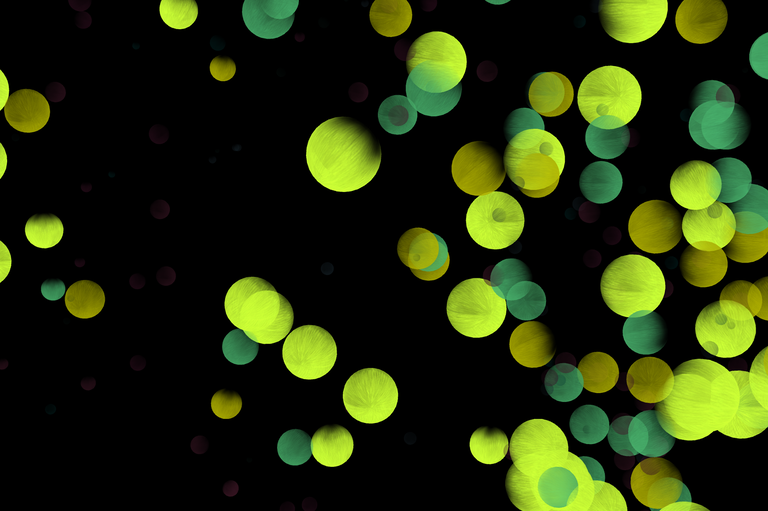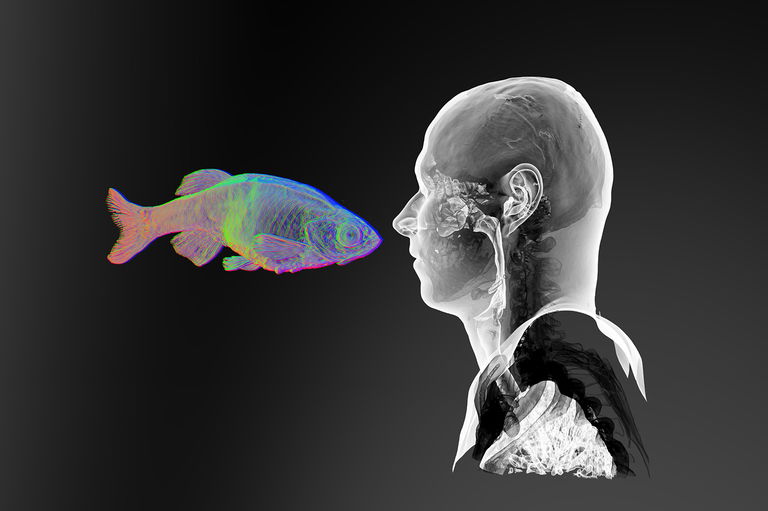
Building 21: Make zines, not research papers
Greta Rainbow for Culture Days
Jun 15, 2020
There are no fine arts at McGill University, the not-quite ivory tower of English-language education in Quebec. Students in the School of Music aside, aspiring photographers, painters, and poets must learn between the lines in theory-based programs. Science majors looking for elective credits won’t find ceramics or life drawing as options. There are a few hacks, passed down by friend groups and the leftist student newspaper: Anthropology classes that accept film essays, or zany professors open to interpretation. These might keep creatives sane, but they cannot replace a system of institutional support for student art and culture. Enter Building 21, an experiment in experimental learning.

In 2017, the Deputy Provost for Student Life and Learning, Ollivier Dyens, was approaching the end of his five-year term “supporting students inside and outside the classroom” with a surplus budget and a growing fear for the future of higher education. Is the current university model exciting enough for today’s young people? Is it responding to today’s problems? The skepticism of Dyens and his colleague Anita Parmar drove the development of an incubator space for students to explore, challenge, and manipulate the production of knowledge itself. They call it Building 21 (B21) as an homage to MIT’s Building 20, a temporary radiation laboratory that outlived its WWII origins to house a range of critical scholarship, from Noam Chomsky’s modern linguistics to early hacking collectives.

“I think pretty much anybody could talk for hours about the things that they found unsatisfying about their own education,” says Parmar, physicist and B21 co-director. “What if we made a place where you can ask and answer the questions that you genuinely have curiosity for?” The “place” is physical—a former apartment building adjacent to the main campus, with high ceilings, big windows, and a no-shoes policy—and conceptual. B21’s trademark program is the BLUE fellowship: Beautiful Limitless Unconstrained Exploration. For eight weeks, 10 to 15 students work either full or part-time on a project that they are passionate about and are paid $15 an hour to do so. There are no grades, credits, or rigid requirements other than to be present in the space.
“Anita would tell me all the time, ‘I don’t care if you have an output, I just want you to learn as much as you can in as short a time as possible. Just go. Just consume the material,’” Industrial Relations graduate Ryan London says. “And it was done in a way with care.” On the first day of her fellowship, London presented her idea of an online portal that would allow workers to connect around the world, while recognizing the ways that employers weaponize internet data for oppressive means. When London confidently announced that her “output” would be a research paper, she received raised eyebrows. Everyone else shared: an app to check the conductivity of water to see if it’s polluted, a podcast that relays psychology research through the adventures of a fictional protagonist, a dance choreography that teaches a curriculum of bodily self-awareness.

“I didn’t even say anything but I guess Ollivier could sense how I was feeling, and he came over to me and was like, ‘You deserve to be here as much as anybody else. So please calm down,’” London says. Her cohort helped her access a hands-on expression she hadn’t used in years, and her more traditional presentation of knowledge morphed into an illustrated zine.
“Your bachelor’s [degree] and academia totally filter creativity out of you. They try to suppress it. The entity that is McGill doesn’t want you to have original ideas until you’re told that you can have original ideas,” London says. “Building 21 is all about original ideas at your own speed, with your own method… It was so nice to be around people who are really creative and not letting it go away.”
It’s exhausting, explains Computer Science major Cecilia Dong, to be so focused on getting a job offer from Google or Facebook. When is there time to play the guzheng or draw, activities she loves that don’t fit on a traditional STEM path? “At B21 we’re free from all of these pressures coming from parents, governments, alumni, boards, faculty members,” Dyens says. “In a student’s application [for a BLUE fellowship], we don’t want to see their CV or transcript. The question we ask at the end of the interview is, ‘What do you seek? What is the flame burning inside of you?’ They all have a beautiful answer.”

Dong sought a way to show other people her experience as a synesthetic, using music, colour theory, and virtual reality technology. After debuting her project in a public B21 exhibition and chatting with the visiting scholars and regular Montrealers who stopped by, she began to consider VR and machine learning as potential tools to communicate the experience of depression. That’s the project she will pursue this summer.
What’s happening at B21 could benefit the educational system, not just individual students’ portfolios. Limitless, interdisciplinary research by energetic 20-somethings might safeguard “learning for learning’s sake” in a future where universities are no longer relevant. As society considers new education models, artistic expression could finally be prioritized. Parmar concedes that there is “an element of building upon the steps that have come before you” as a young academic. “But if you really want to make headway in uncharted territory, then creativity and confidence in your ability to visualize things that don’t exist yet are essential,” she says.
While B21 was created to disrupt old-guard rigidity in academic and professional circles, Dyens and Parmar have wider aspirations. “This is not something that should be a privilege to only the students at McGill,” Parmar says. “Creativity is deeply important for developing good citizens and people that are able to face whatever challenges come with the future… It would be amazing to be able to take Building 21 to different settings and explore what it would look like”—without imposing a “one size fits all” model. The Collégial international Sainte-Anne in Lachine established Building 22 last winter. Where will be Building 23?

This article is part of a special blog series—running March-September—featuring writers and creatives from across Canada with stories that both highlight and celebrate Culture Days’ 2020 theme of Unexpected Intersections. Explore more intersections below:
- Theatre x Sport: Until the Lights Go Out by Taylor Basso
- Indigenous Storytelling x Digital Media: “People are Finally Listening”–Indigenous Animation Rises Up by Chris Robinson
- Poetry x (Natural) Environment: Listen to the River: An Ode to the Columbia River by Saba Dar
- Teahouse x Activism: Chinatown’s Living Room: The gathering place for a budding activist community by Anto Chan
- Traditional Craftsmanship x Youth Outreach: At the Maritime Museum of the Atlantic, They Build More Than Boats by Aleen Leigh Stanton
- Visual Arts x Science: What happens when you mix an artist, a scientist and a very bright light? by Vivian Orr
- Book Clubs x Digital Landscapes: Strangers and Fiction by Anne Logan




